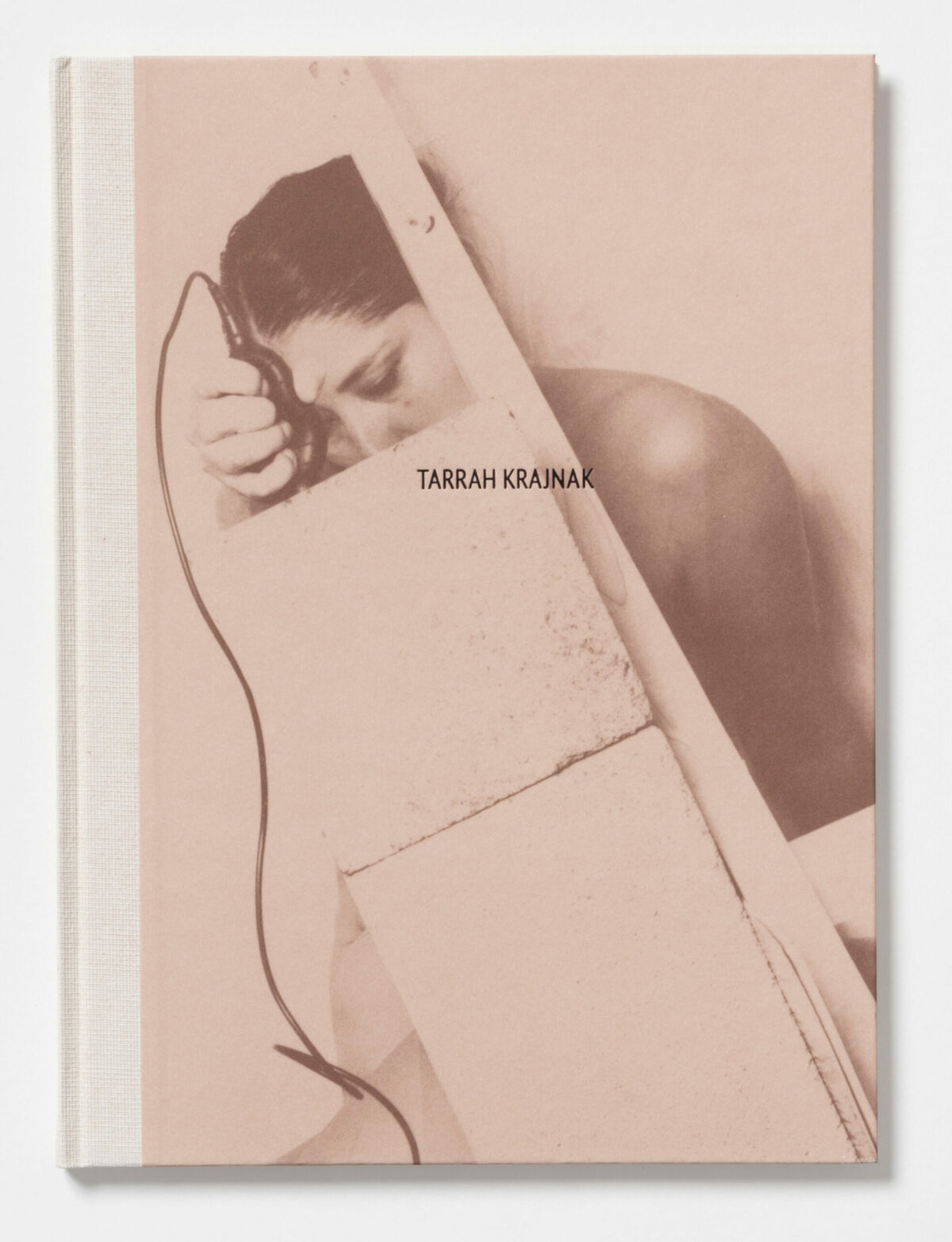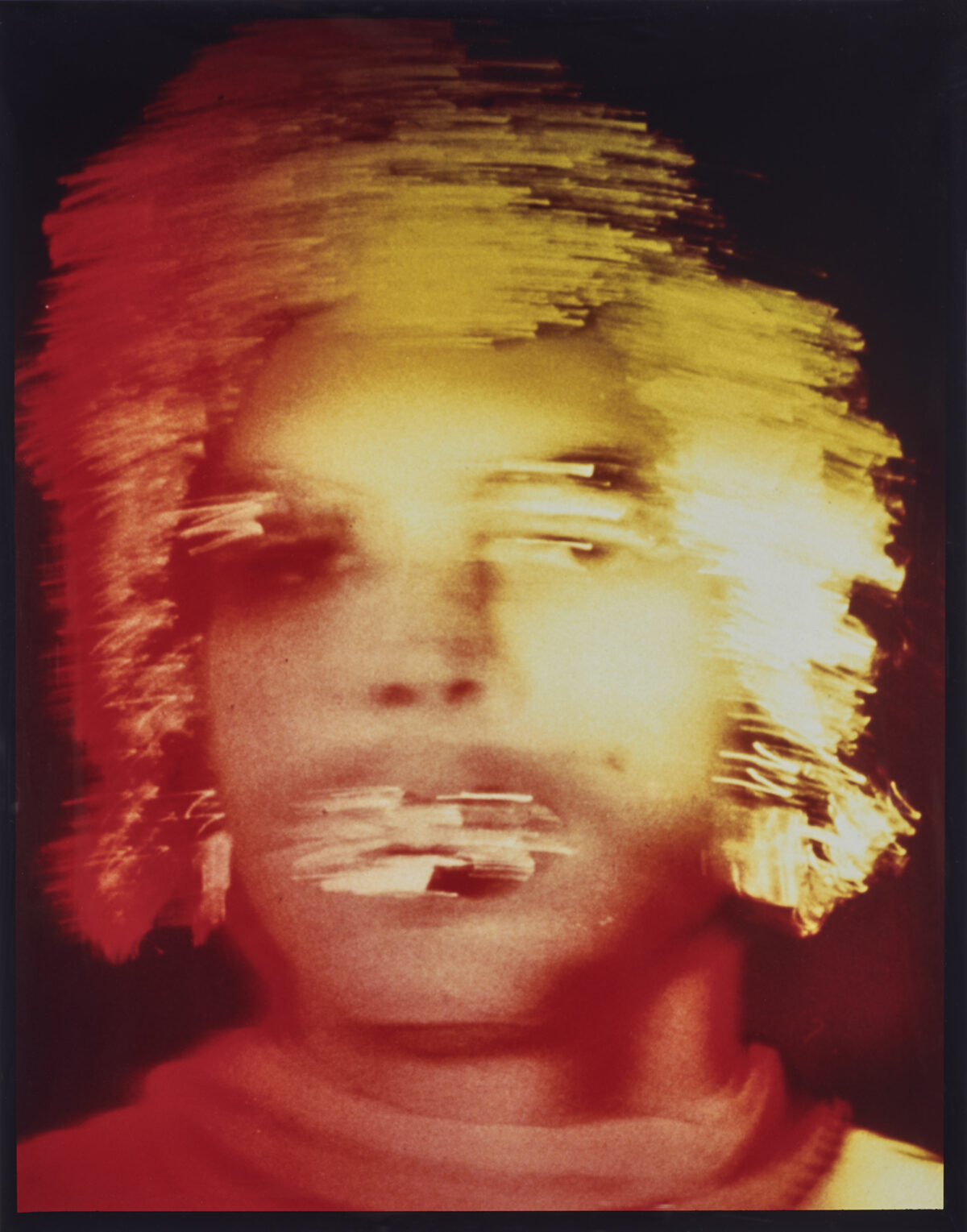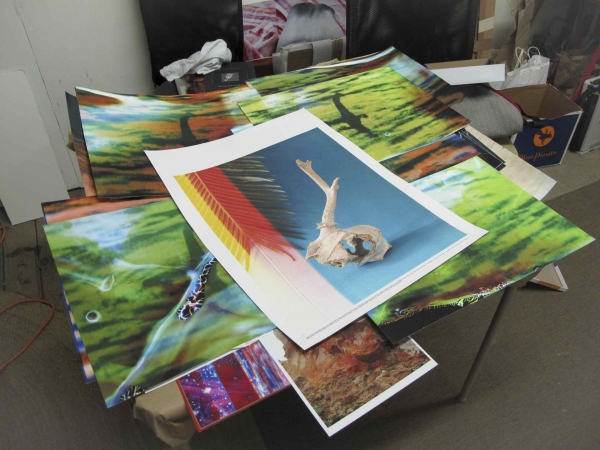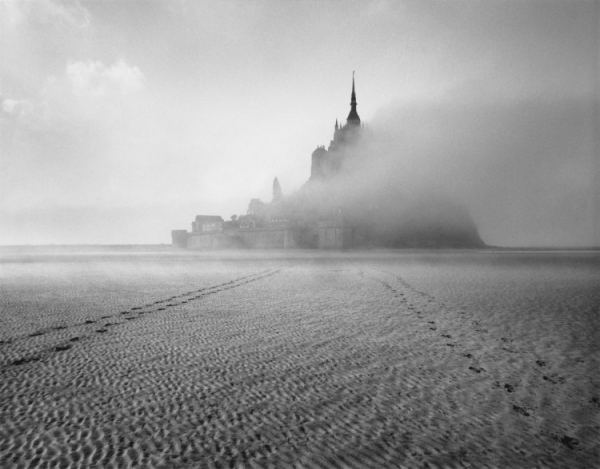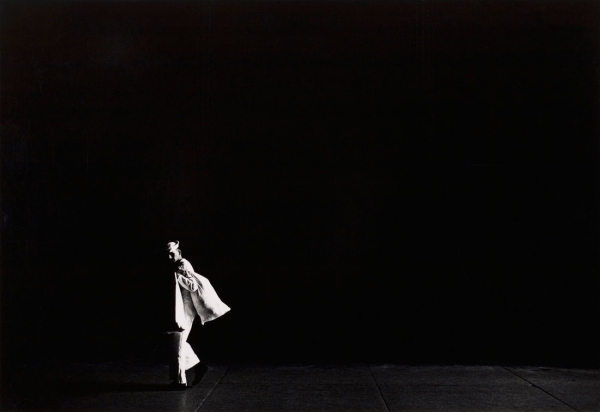You’ll find the Center for Photography at Woodstock in a timber-framed former cow barn on the quaintly named Tinker Street in the center of Woodstock, New York. But once inside, you’ll also find a brand-new, state-of-the-art digital lab (which opens in the fall), an exhibition space sporting shrewdly curated shows, a library, a darkroom where photographers can rent uninterrupted work time, and extensive fellowship and residency programs. Add to the above a killer lecture series that regularly draws such luminaries as Keith Carter and Sylvia Plachy, and you get a sense of the sort of local-organization-meets-the-big-world feel of the place. The CPW’s horizons are always expanding, but it is still the same homey place that Ariel Shanberg, its director since 2003, fell in love with more than 15 years ago.
Shanberg, who was born in Brooklyn and raised in New Jersey, was a painting major fresh out of the Mason Gross School of the Arts at Rutgers University when he first walked through the CPW’s door, and in a sense, he has never left. The son of two artists, he had come to Woodstock in 1989 hoping to focus on his own oeuvre (which he describes as paintings with a snapshot aesthetic). But the center’s internship program beckoned. “I saw a couple of exhibitions and was blown away at how contemporary and engaging they were, and I asked how I could get involved,” he recalls. Shanberg answered phones, installed shows, and licked stamps. A few months later he joined the staff proper, as program assistant. Eventually, and without regret, he put his brushes aside. “I bribed, slept, and cajoled my way to the top,” the soft-spoken, 32-year-old jokes good naturedly. But in fact, over the ensuing years he formed relationships with artists, the board, and the community, and he wrote grants and raised funds. In 2001 he was made associate program director. Then, in 2003, when the previous director, Colleen Kenyon, left, “the board asked me to take the reins as interim director,” he recalls. “Shortly thereafter they told me to keep my hands on them,” he adds. “It was humbling.”
During an era when most institutional directors have MBAs and talk as much about boards and funders as they do about art, Shanberg’s training as an artist is refreshing—and, given the center’s past, apt. The center was founded back in 1977 by photography dealer Howard Greenberg, a photographer himself at the time, and it was originally called the Catskill Center for Photography. Shanberg is only the fourth director of the organization (Kenyon, his immediate predecessor, served for some 23 years). He’s been adept at enlisting financial support from, among others, the National Endowment for the Arts, the Andy Warhol Foundation, and a variety of private sources, even as words like “homey” and “education” and “guidance” regularly pepper Shanberg’s conversation about the artist-centered mission of the Center for Photography at Woodstock. “Just about anything that can be done for a photographer can be done here,” proclaims Shanberg. “Artists have produced work, exhibited, gotten critiqued, and had their work published in the center’s quarterly magazinePQ. The only thing we don’t do is represent artists.” By the fall, the center will have new 24-inch Mac workstations and Canon printers, which will be at the artists’ disposal along with the still-efficient and functional black-and-white darkroom that has the same specs Howard Greenberg left for it 30 years ago. “We’re never letting go of our darkroom,” says Shanberg.




